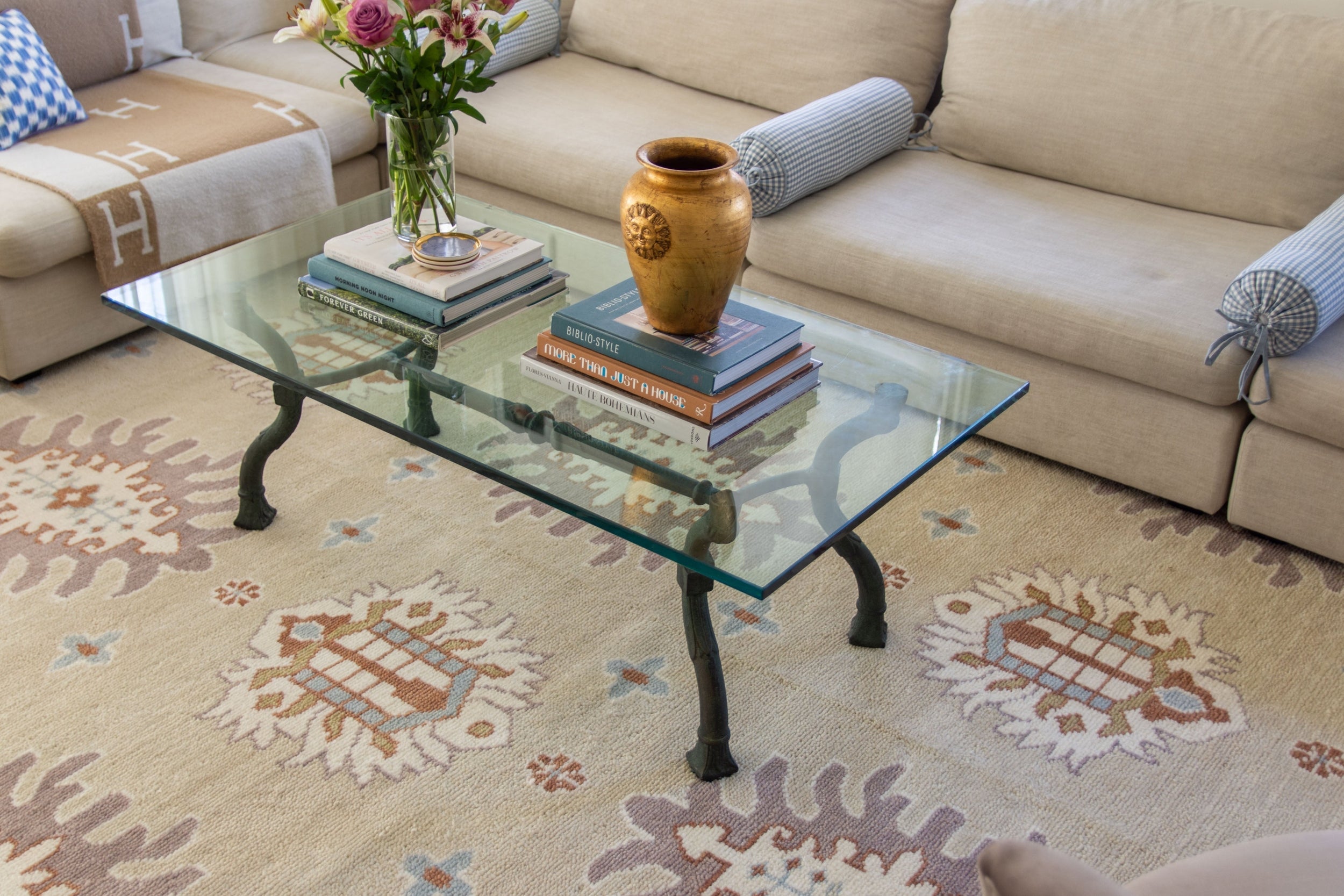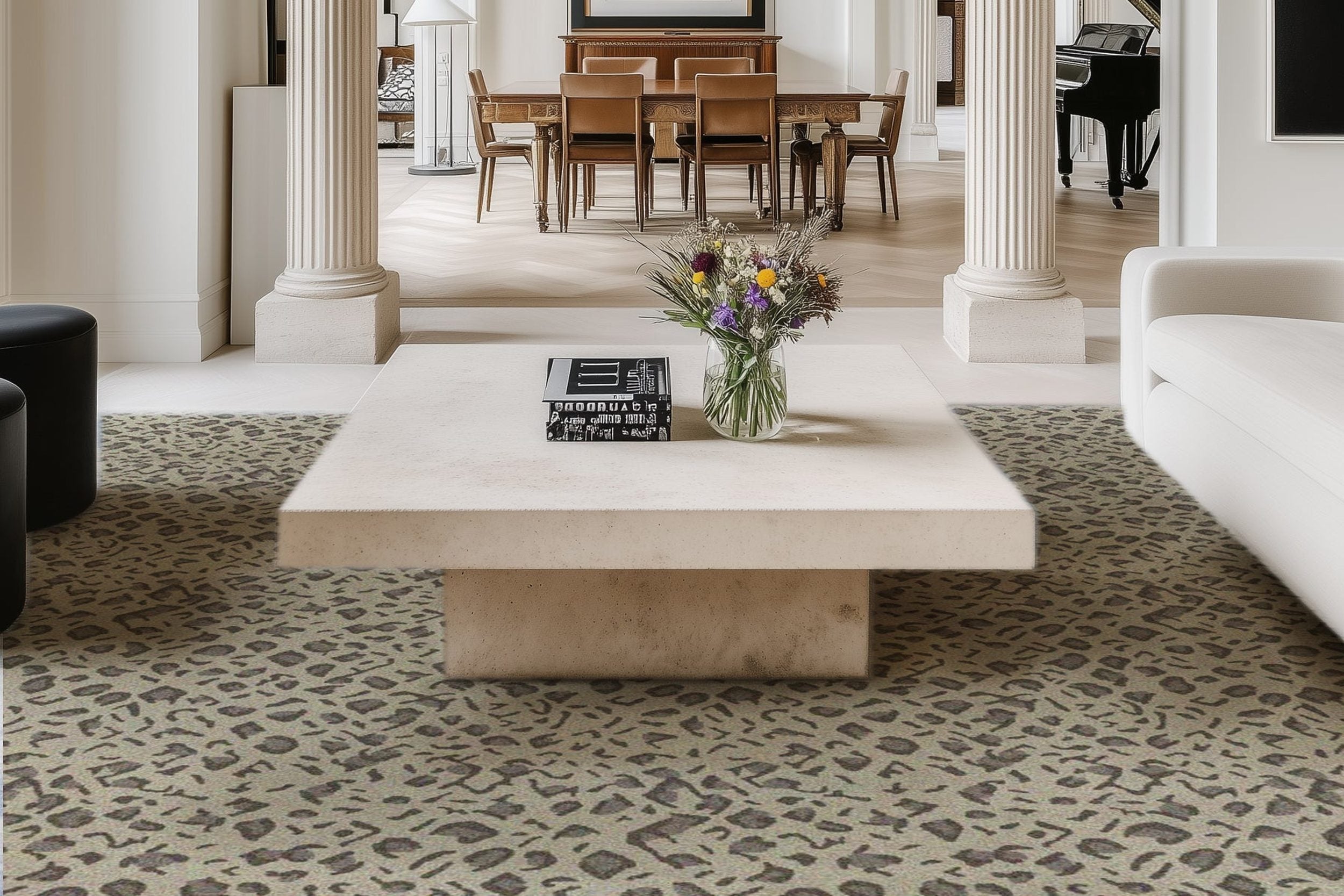How to Harmonize Art and Function in Home Design
 Ever dream of a beautiful space that is also livable?
Ever dream of a beautiful space that is also livable?
It's 2023, and the home decor market is expected to be valued at $139 billion by 2025. People are tired of sacrificing style or utility.
They want both in their homes. So they should get both!
By harmonizing art and function in your home design, you can create spaces that you actually enjoy living in every day, while still achieving an elevated aesthetic.
Ready to learn how?
Here are some helpful tips.
Things You'll Learn
-
Art and Function Aren't Contradictory
-
Functional Requirements First
-
Functional Art Solutions
-
Beauty in Utility
-
Balancing Art and Function
-
Zone By Zone
-
Curate With What You Have
-
Blend on a Budget
Art and Function Aren't Contradictory
Most people don't realize this…
Art and utility are not at odds with each other. The most successful home decor occurs when these two forces work together rather than fighting for dominance.
Let's think through some examples:
A bookcase can be an artful display of your favorite titles that also keeps your living room clutter-free. A beautiful light fixture can become a stunning centerpiece while still illuminating your space. A set of Vintage Decor items can provide both visual interest and much-needed storage.
As soon as you stop trying to force art and function into opposing categories, you'll start looking at home decor differently. You will search for pieces that are as functional and beautiful. The design aesthetic of your home will change, too, feeling more complete and cohesive.
Functional Requirements First
Before you add anything decorative, you have to first consider what each space has to functionally accomplish.
Is your living room also a home theater, reading nook, and entertaining space? Is your kitchen optimized for cooking, eating, and socializing? Do you need storage, work areas, and lounge spaces in your home office?
Determine the most necessary functional aspects of each space before anything else. Next, consider the artful elements that will enhance those functions rather than detract from them.
The reason this works so well is that by focusing on the functional first, you can avoid the all-too-common pitfall of throwing in beautiful decor that ends up getting in the way. The stunning sculpture isn't practical if it blocks pathways through a room.
First plan for purpose, then add art.
Functional Art Solutions
Want to know a secret?
The best "art" pieces in any space serve an unexpected function. Plus, when 72% of premium decor purchases involve products with documented craftsmanship, it's clear consumers value quality over trends.
Here are some examples:
An oversized abstract painting can absorb echoes in an otherwise all-hard-surface room. Wall-mounted sculptures or artwork free up floor space in small areas. Decorative screens create division without building permanent walls or blocking light.
Look for artful items that address the specific problems and issues in each space. Can you hide an awkward corner or architectural feature with a tall plant in an artfully crafted planter? Is there a way to reflect light into a dark hallway with a mirror disguised as art?
Beauty in Utility
The thing most people miss…
Every functional element in your home has the potential to be beautiful. There is no need to hide utility behind closed doors when you can make it a part of the decor.
Storage systems can become art. Floating shelves, when arranged in unique configurations, become sculptural. Open kitchen cabinets with curated dish displays create both utility and beauty. Coat hooks can be statement pieces.
Think about the possibilities:
-
Woven baskets that both organize and add texture
-
Colorful dishware displayed as art in the kitchen
-
Designer cabinet hardware that makes utilitarian storage beautiful
-
Architectural lighting fixtures that amaze
The trick is only selecting functional pieces that have strong design features of their own. Why not make something beautiful if it needs to be in your space anyway?
Balancing Art and Function
This isn't a game of just art versus function. Balance is critical.
Too many decorative elements can crowd and clutter a room. On the other hand, too much functionality without any flair makes a space feel cold and stark.
Finding that balance is key. It does take some strategy.
Start by first identifying the room's focal point. Is it a fireplace, a large window, prominent piece of furniture? Then arrange your art around that main anchor, letting your decorative elements support rather than fight with it.
And remember these points:
-
Leave space around art pieces for them to breathe
-
Mix larger and smaller items
-
Balance very busy patterns with simple ones
-
Add different textures for more depth and interest
With wall art accounting for 75% of the wall decor market in the US, people clearly understand that art on walls is important. But having lots of art is meaningless if it is poorly placed.
Zone By Zone
There's no one-size-fits-all approach here…
Different areas of the home have different requirements. Your zones of function should drive your decorative decisions.
In work and productivity areas like home offices or study spaces, choose art that inspires focus without being distracting. Geometric prints, calming landscapes, or simple patterns all work here. Keep surfaces uncluttered with only a few key items.
In restful zones like bedrooms, nurseries, and reading nooks, your art can be more personal. Family photos, meaningful artwork, and comfy textiles make you feel at home while still maintaining function.
Areas for socializing, like dining rooms, living rooms, and family spaces, benefit from pieces that spark conversation. Bold colors, sculptures, or gallery walls all have an impact without overwhelming the space.
Mix and match approaches for each area of your home. Zone-by-zone decisions lead to the best results.
Curate With What You Have
Chances are you don't need to start from scratch…
Every home already has many functional elements that could become more artistic with some styling updates. The key is knowing where to look.
Your plain white bookcase can become an eye-catching display with some alternating book stacks, small greenery, and decorative objects. Basic blinds and curtains take on instant interest with unusual hardware or fabric embellishments.
Look at what you already own with fresh eyes:
-
Would painting or staining a piece of furniture transform its look?
-
Can new cabinet hardware take a standard kitchen cabinet from ordinary to custom?
-
Does rearranging your current accessories improve the visual flow?
Sometimes blending art and function is as simple as an update or two.
Blend on a Budget
Here's the good news…
It does not take massive amounts of money to blend art and functionality into your home design. In fact, smart choices are more important than splurging.
Invest in quality for the items you use every day. A beautiful lamp you will actually turn on every evening is worth the spend. So is a stylishly crafted chair with high comfort.
Decorative pieces you may not interact with directly every day have more budget flexibility. Affordable framed prints, DIY art projects, and secondhand shopping can equal gallery-quality pieces if styled well.
Mix and match higher and lower cost elements strategically. Less expensive pieces surround and enhance a higher impact statement piece.
Pulling It All Together
Blending art and functionality into your home is not about compromise. It's about creating a space that functions well and looks great on all levels.
Consider the purpose of each space and then add artistic elements that support those functions rather than hinder them. Select pieces that solve existing problems but also have a wow factor. Make the functional elements of your home beautiful instead of hiding them.
The result? A space you actually enjoy living in day after day, that feels beautiful, that photographs well, and that still works for your family. Spaces that impress visitors but also function for your daily life.
Remember…
It's your home. The ideal balance between art and function looks different for everyone. Trust your gut, make choices that serve you, and create a home that looks as good as it works.
Browse by Category

Design Projects
Explore interiors from client work and personal renovations — layered, livable, and always in progress.
read more →
Collaborations
From product launches to styled spaces, discover the brand stories I’ve helped bring to life.
read more →
The Notebook
A growing archive of iconic designers, inspiring artists, and unforgettable design moments.
read more →
Travel by Design
Wander with a designer’s eye — from charming hotels and city guides to visual inspiration abroad.
read more →




